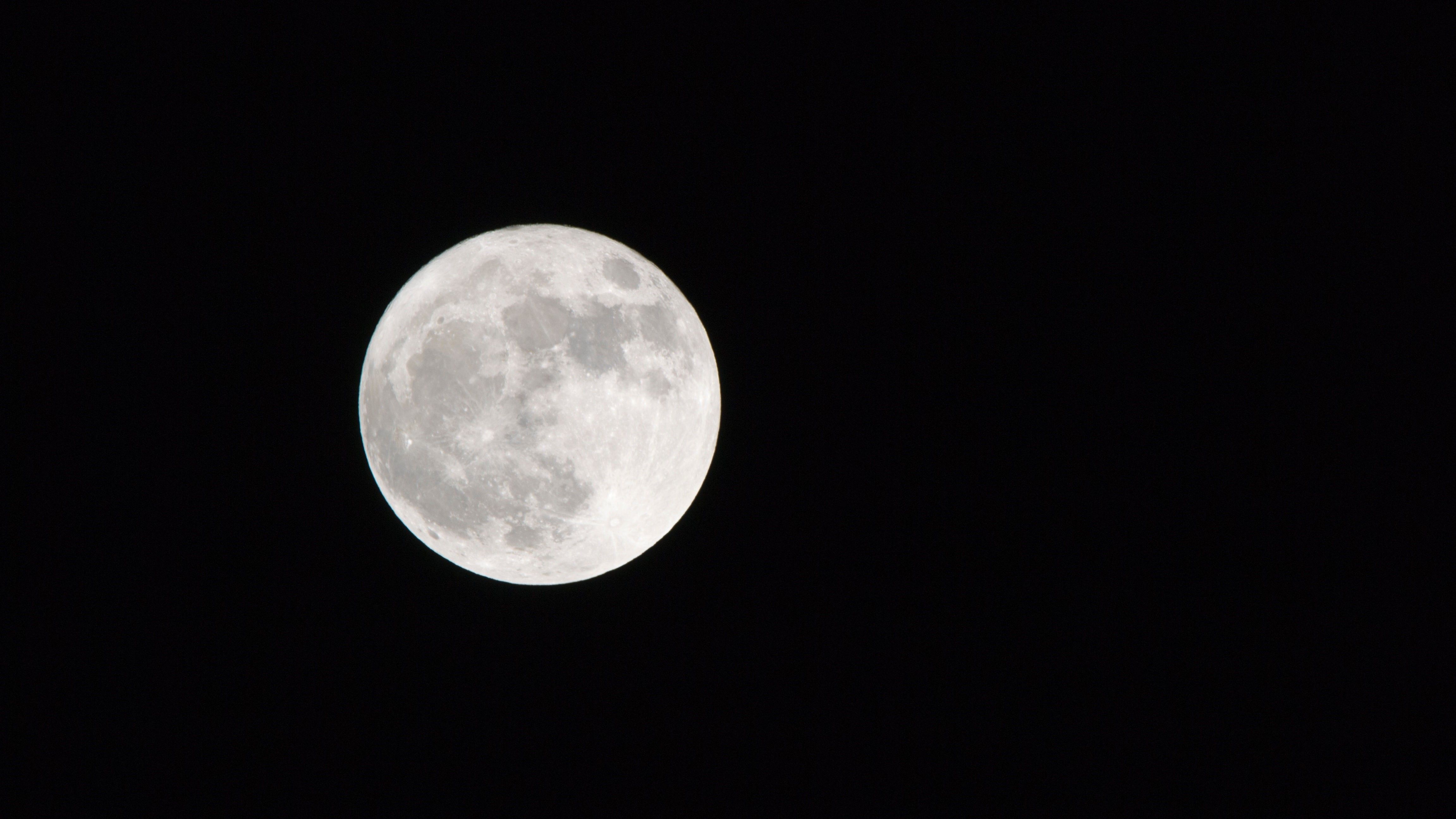Traditions
The Story of the Moon Rabbit
Did you know that folklore related to the moon is a common theme in Mid-Autumn harvest festivals around the world?

Arianna Giavardi - Unsplash
The Story of the Moon Rabbit
Across various cultures, the full moon has inspired numerous legends, especially during Mid-Autumn harvest festivals. In Korea, when gazing at the luminous moon during Chuseok, one might envision the silhouette of a rabbit diligently pounding rice cakes. This enchanting imagery stems from a beloved Korean folktale that intertwines themes of selflessness, reward, and celestial wonder.
The Korean Legend
The Korean version of the Moon Rabbit tale begins with three animals—a rabbit, a fox, and a monkey—who aspired to embody the virtues of Buddhism. To test their commitment, the Emperor of the Heavens descended in disguise as a beggar, seeking food. The fox presented fish, and the monkey offered fruits. However, the rabbit, unable to find suitable food, chose to sacrifice itself by leaping into a fire, offering its own flesh. Moved by this profound act of selflessness, the Emperor appointed the rabbit as the guardian of the moon, immortalizing its noble deed among the stars.
Cultural Significance
In Korean folklore, the Moon Rabbit, known as “daltokki” (달토끼), is often depicted standing beneath a gyesu tree (Korean laurel or cinnamon tree), diligently pounding rice in a mortar to make rice cakes. This imagery is so ingrained in Korean culture that it appears in children’s songs, such as “Half Moon” (“반달”), written in 1924 by Yoon Geuk-young. 
The Moon Rabbit’s association with rice cakes resonates deeply during Chuseok, Korea’s Mid-Autumn Festival. This holiday emphasizes family unity, gratitude, and the sharing of food, mirroring the rabbit’s virtues of selflessness and communal harmony. Families gather to prepare and enjoy songpyeon (half-moon-shaped rice cakes), reflecting the rabbit’s celestial activities and reinforcing the cultural importance of togetherness.
Cross-Cultural Connections
The motif of a rabbit on the moon is not unique to Korea; it appears in various cultures across Asia. In Chinese folklore, the “Jade Rabbit” is a companion to the moon goddess Chang’e, pounding the elixir of life. Similarly, Japanese legends portray the rabbit as a maker of mochi (rice cakes). These overlapping narratives suggest a shared cultural fascination with the moon and the virtues embodied by the rabbit, highlighting themes of immortality, self-sacrifice, and the eternal cycle of life.
Modern Interpretations
The Moon Rabbit continues to inspire contemporary Korean culture. Its image adorns various forms of art, fashion, and media, symbolizing enduring virtues and cultural heritage. During Chuseok, decorations and festivities often feature the Moon Rabbit, connecting modern celebrations to ancient folklore and reminding people of the timeless values of generosity and community.
In essence, the story of the Moon Rabbit transcends time, serving as a celestial reminder of selflessness, cultural identity, and the enduring human connection to the moon’s mystique.